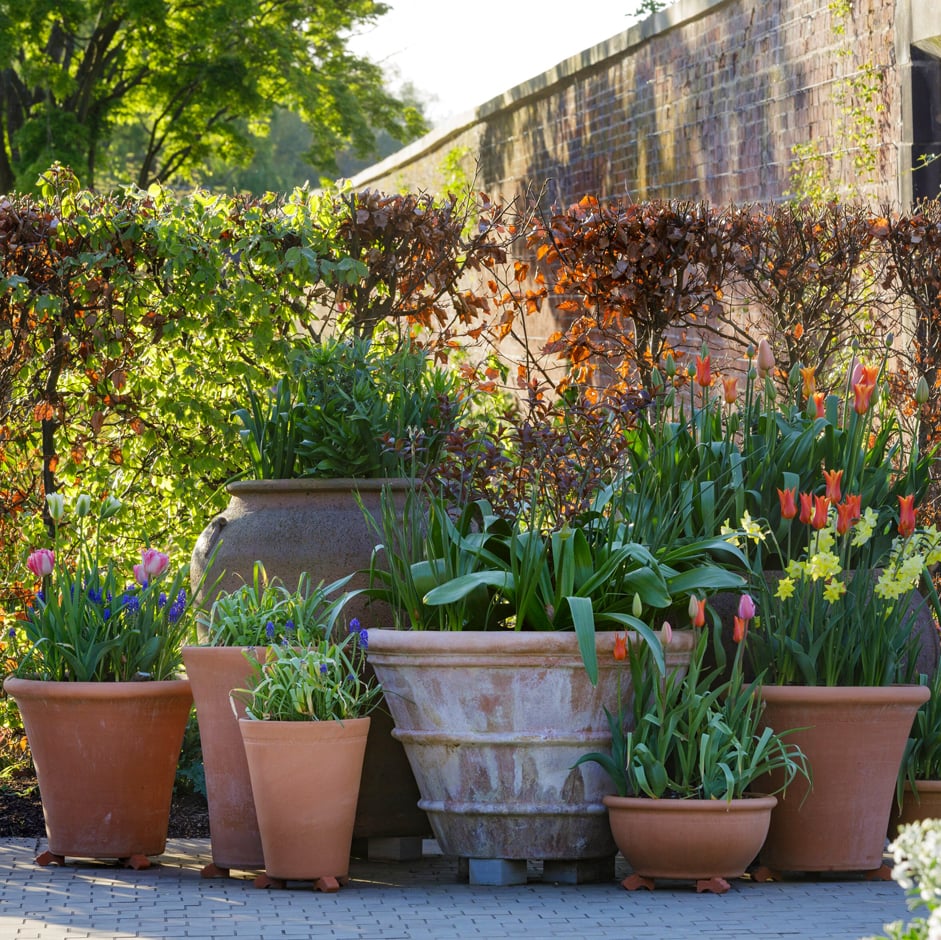
Introducing...
Scented-leaf pelargoniums
Some pelargoniums are grown principally for their scented leaves, which can smell of rose, eucalyptus, peppermint, lemon, orange, balsam or apple. Position them near a seat or on a favourite windowsill where the scent can be enjoyed to the full.
Looks
These open, dome-shaped, spreading plants have textured leaves that are often variegated with gold or silver and release a fragrance when rubbed. Small flowers are produced in loose clusters. The so-called 'Unique' type pelargoniums combine showier flowers with scented foliage.
Likes
These pelargoniums need well-drained soil. A position in full sun helps develop the aromatic oils. In containers, add grit, perlite or vermiculite to the compost to ensure good drainage.
Dislikes
They will not thrive in damp soil and can be disappointing in shade. Like other pelargoniums, they won’t take a frost.
Did you know?
Leaves can be cut for using in pot pourri, fresh or dried, or to flavour sugars and tisanes. Commercially, extracts of Pelargonium capitatum are used to make geranium oil.
Growing guide

How to grow pelargoniums
All the information you’ll need to grow & care for pelargoniums in your garden.
Scented-leaf pelargoniums we recommend
Pelargonium 'Lady Plymouth' (Sc/v)
geranium 'Lady Plymouth'
- 0.5–1 metres
- 0.1–0.5 metres
Pelargonium 'Copthorne' (U/Sc)
geranium 'Copthorne'
- 0.1–0.5 metres
- 0.1–0.5 metres
Pelargonium sidoides
African geranium
- 0.1–0.5 metres
- 0.1–0.5 metres
Pelargonium 'Lady Plymouth' (Sc/v)
geranium 'Lady Plymouth'
- 0.5–1 metres
- 0.1–0.5 metres
Pelargonium 'Copthorne' (U/Sc)
geranium 'Copthorne'
- 0.1–0.5 metres
- 0.1–0.5 metres
Pelargonium sidoides
African geranium
- 0.1–0.5 metres
- 0.1–0.5 metres
Useful advice

Containers: summer selection

Growing plants in containers
Pelargonium rust
Pelargonium viruses
Get involved
The Royal Horticultural Society is the UK’s leading gardening charity. We aim to enrich everyone’s life through plants, and make the UK a greener and more beautiful place.